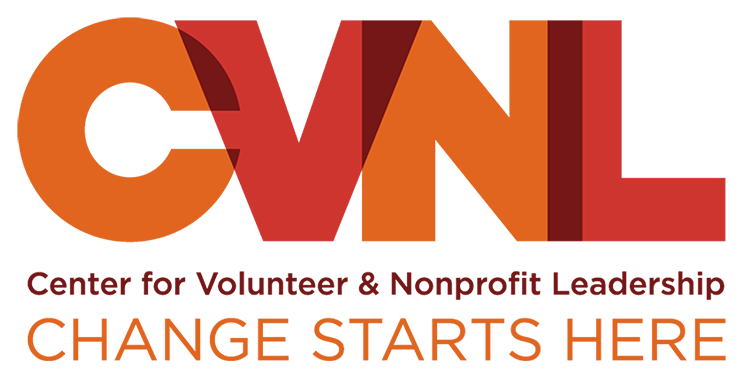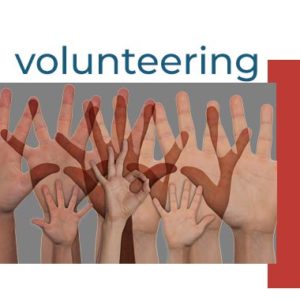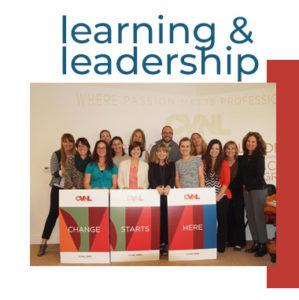Lessons from the ELP Alumni Network: Strategies to Enable a Proactive Mode
On July 31st the Spring 2019 Excellence in Leadership Program (ELP) cohort came back together for the first ever ELP Alumni Network Meeting. The ELP is a focused, immersive program with over 45 hours of teaching and coaching from expert faculty and nonprofit professionals. The ELP Alumni Network meetings are designed to provide peer-coaching and continued learning beyond the ELP core sessions. CVNL will occasionally publish lessons gained during the ELP Alumni Network’s problem solving sessions to share insights from our ELP leaders and ideas that can be implemented into organizations within the greater community.
In this particular post, we would like to share the format and content of our discussion with the hope that you can establish similar leadership activities and concrete strategies in your organizations.
All organizations face different primary challenges, but common challenges for our Spring 2019 ELP cohort fell under three broad themes:
- Strategy/Planning/Implementing Change
- Financial Health/Fundraising
- People Oriented Management
Out of these three themes, we focused on Strategy/Planning/Implementing Change, and decided to unpack the following prompt:
We are all stretched and constantly under pressure. BUT how can we switch our operating mode from reactive to intentional and proactive?
We adopted the GROW framework in order to break down this challenge and problem solve. The GROW model is a simple method for goal setting and problem solving that includes the following components:
- Goal is the end point, the ideal situation we would like to achieve.
- Reality represents the current situation; what are the issues, the challenges, what is happening and why.
- Options are the tools, knowledge, and resources available to address and change the reality.
- Way Forward determines how we can use options and convert them into action steps to implement the change and achieve the goal.
In order to get the most out of the GROW model, we conversed in small groups in a “world café” format. There was a “table host” assigned to each table and the rest of the participants rotated from table to table. This resulted in each participant conversing with a new group each time. At the end of the rotations, the table hosts presented the ideas that had been generated.
We identified three main aspects of our work life that are particularly impactful on our working mode: time management, role/task clarity, and staff engagement and values. Challenges or road blocks in these three areas often force us into a reactive operating mode. During our discussion we identified strategies and concrete goals to improve our actions in these three areas and enable a more proactive work mode. Here are some of the concepts and specific strategies we came up with:
Time Management
In the non-profit sector we focus on day-to-day tasks and invest in learning how to raise money, but rarely invest in streamlining processes. Discussing inefficiencies and learning to implement change will pay off in the long-run. Many ELP leaders at the follow-up session commented on being caught-up in conversations where an employee asked to “talk for just 5 minutes.” The topics addressed were often not urgent and took time away from other important tasks. This transfer of staff members’ tasks to managers is referred to as “subordinate imposed time” in a famous time management article from Harvard Business Review, and it is important to consider how much “subordinate imposed time” is factoring into your work day. There is a way to effectively block “subordinate imposed time” into your day, without letting it take over and take away from other meaningful work (your discretionary time).
Specific strategies/goals:
- Work on YOUR priorities first, learn to just say NO
- Use calendars and time management applications, block time for certain projects (CVNL friend and affiliate consultant Bob Artz is a big fan of time blocking)
- Start the day off with your to-do list, don’t get bogged down in emails
- Take a look at the CVNL blog post on time management
Role/Task Clarity
In the nonprofit sector it’s easy to feel like you and your co-workers have a never-ending list of roles and your job description covers five different jobs, but it’s important to delegate and assign specific roles to efficiently complete projects and accomplish goals. Simply put, staff and management need to know what their job is. While that might seem simple, the systematic inefficiencies that arise from a lack of clarity are significant. In an interesting blog post we have recently read, it says if “staff is unclear about what tasks they are responsible for or there is a miscommunication over expectations,” the result is “a gap in tasks that need completion or a duplication of efforts.” Proactivity is inhibited when a situation like this arises; staff scramble to complete the unassigned work because expectations and assignments weren’t properly delegated in the first place.
Specific strategies/goals:
- CONSISTENT check-ins, performance evaluations
- Weekly meetings, time tracking apps, project management software, ideally the same used across the organization
- Plan/block time for delegation and communication. Focus and clarity is key
Staff Engagement and Values
Nonprofits are driven by their mission, but it is important to ensure that the mission is communicated internally in addition to externally, or else you risk staff disillusionment and lack of engagement. All nonprofits have a mission statement and a list of values, but many leaders/managers don’t take the time to explain these to employees and give them the opportunity to internalize this information. Keeping staff engaged enables efficient and timely project completion and ultimately limits problems that arise and force us into a reactive cycle.
The concept of organizational culture is closely linked to staff engagement and values. One definition of organizational culture is “a process of sense-making in organizations,” which results in “jointly-held beliefs and interpretations about ‘what is.'” This definition sheds light on the fact that staff engagement is not merely a reflection of the organization’s mission, but that each member must have a unique and meaningful interpretation of their purpose and alignment with that mission in order for true engagement to occur. This is a tall task, but here are some tips to get started:
Specific strategies/goals:
- Team building and retreats, block time to connect outside the workplace
- Block out and schedule time to support and problem solve, instead of answering questions on an as-needed basis
- Welcome feedback, recognize strengths and weaknesses, be open to constructive criticism and change
We encourage you to implement some of these strategies in your own organizations and with your teams. And if this content got you feeling motivated and wanting more, please consider joining our Excellence in Leadership Program in the near future. Whether you are an emerging leader with an ambitious vision or a nonprofit veteran looking for new ways to develop, there’s a lot to learn from our Faculty and your peers.
Written in collaboration with Cinzia Perlingieri, Ph.D., CVNL Director of Learning & Leadership.








